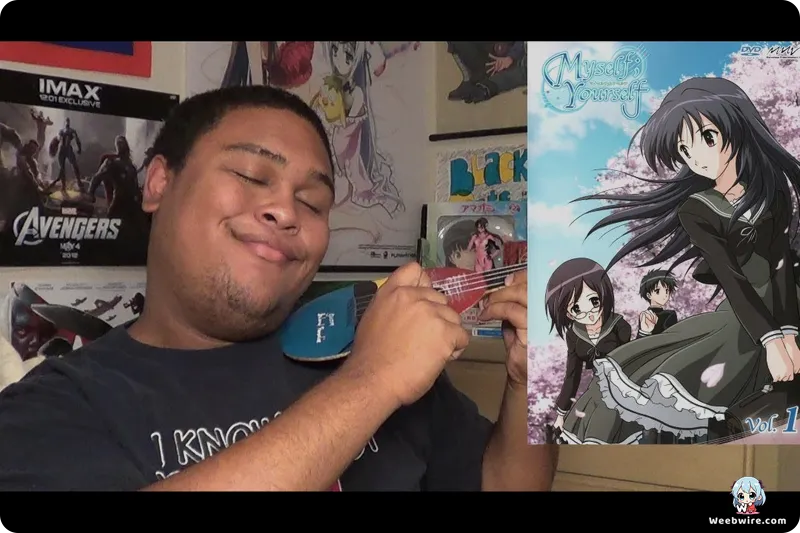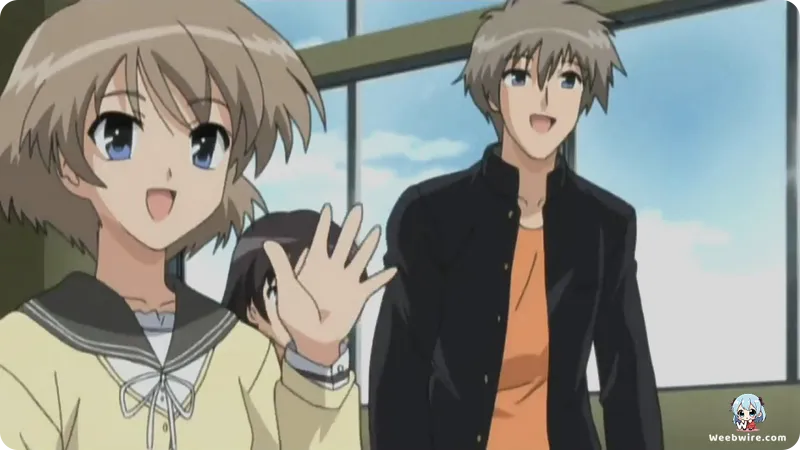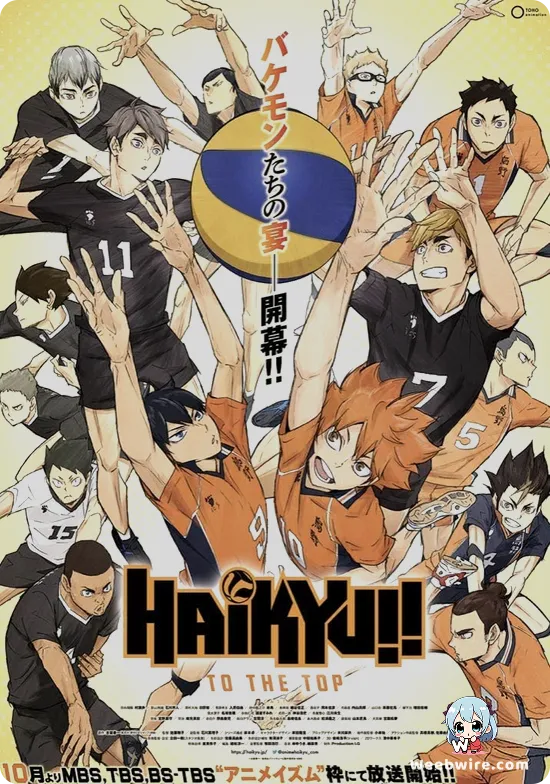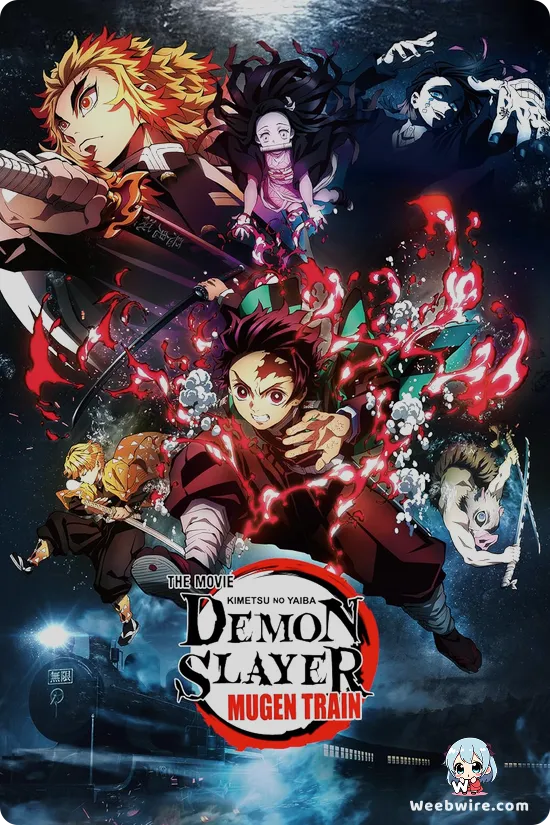Unearthing the Emotional Legacy of 'Myself; Yourself,' Doga Kobo's Early Gem

In the expansive world of anime, some series leave a lasting impression not just for their stories, but for subtle details and production insights often overlooked. One such notable work is 2007's 'Myself; Yourself,' a poignant drama-romance. Despite its seemingly conventional premise, it holds many interesting facts and occupies a unique place in the history of its acclaimed animation studio, Doga Kobo. For both long-time fans and new viewers, exploring these lesser-known aspects offers a deeper appreciation for this emotionally charged narrative.
At its core, 'Myself; Yourself' follows Sana Hidaka, who returns to his childhood hometown of Sakurasaku Town after five years. He anticipates a joyful reunion with his childhood friends Nanaka Yatsushiro, Aoi Oribe, Shuri Wakatsuki, and Hinako Mochida. However, he finds the town and his friends subtly changed. His friends are no longer the carefree children he remembers; each carries hidden sorrows and complicated pasts. This familiar visual novel setup is executed with a seriousness that makes uncovering these characters' truths a central appeal.
Doga Kobo's Unexpected Drama
One of the most surprising aspects of the series lies in its production studio, Doga Kobo. Today, Doga Kobo is widely recognized for its vibrant, lighthearted slice-of-life comedies. However, 'Myself; Yourself,' released in 2007, stands as a fascinating exception. It predates many of their more famous comedic works, showcasing a remarkably different artistic and narrative direction, steeped in melancholy and dramatic tension. This divergence makes it a unique historical artifact, demonstrating the studio's early versatility.

The anime is an adaptation of a visual novel developed by Yeti for the PlayStation 2. It skillfully condenses multiple narrative routes into a cohesive storyline, primarily focusing on Sana and Nanaka while also providing significant emotional development for Aoi and Shuri. This careful balancing act ensures the central romance is clear, but the struggles of the supporting cast are not neglected. Character designs by Mutsumi Sasaki were faithfully translated by Yuuichi Tanaka, preserving the series' distinctive, slightly melancholic beauty. Sakurasaku Town, which means 'cherry blossoms bloom,' acts as a character itself, contributing to themes of memory, loss, and the passage of time.
The series deliberately paces the revelation of each character's trauma, slowly peeling back layers through subtle dialogue, flashbacks, and interactions. This methodical approach allows viewers to connect deeply as histories are unveiled, making revelations more impactful. The soundtrack, featuring the opening theme 'Tears Infection' by KAORI and the ending theme 'Kimi to Yozora to Sakamichi to' by Kanako Itō, perfectly complements the series' somber yet hopeful tone.
In conclusion, 'Myself; Yourself' is more than just another romance anime. It is a testament to Doga Kobo's early artistic breadth, a thoughtful visual novel adaptation, and a masterclass in subtle storytelling. Its exploration of childhood promises, the weight of the past, and the difficult journey of moving forward offers a deeply affecting experience, remaining a compelling watch for those who appreciate intricate human emotion and character development.
Credits
Myself; Yourself
Author
Yeti
Cover Art
Mutsumi Sasaki
Studio
Doga Kobo
Publisher
Yeti
Producers





